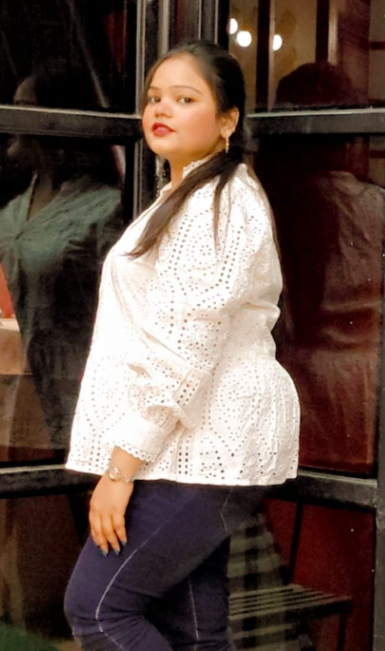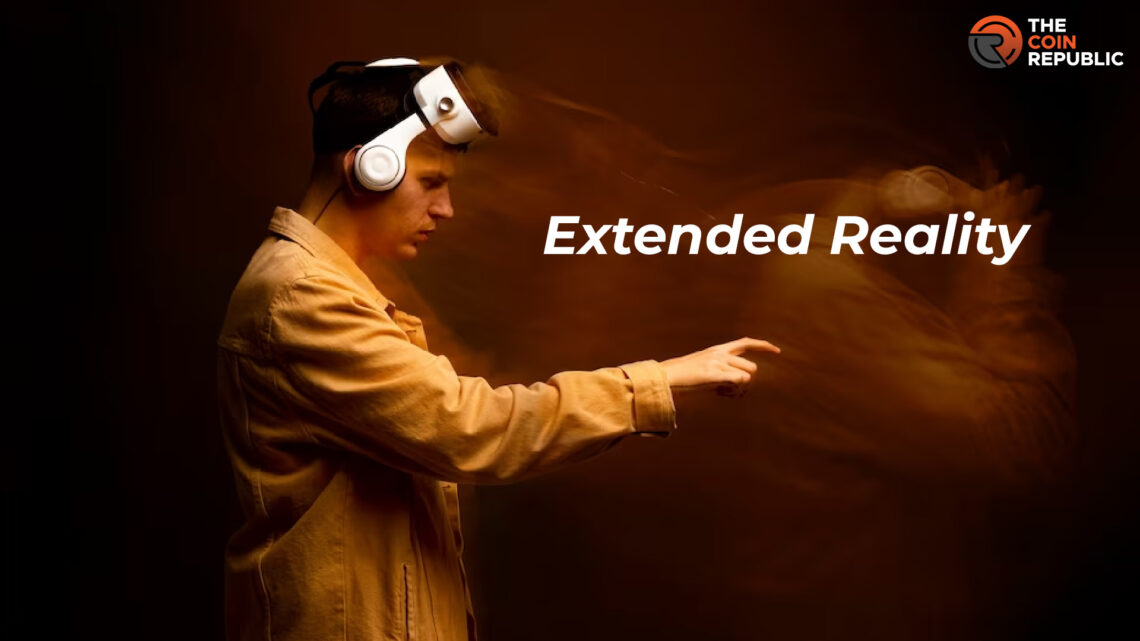- 1 Extended reality involves all technologies bringing virtual objects into reality.
- 2 With this technology, it is possible for every human to experience a different world around them.
- 3 Many are touting it as the future and thus, it is important to understand its basics.
Not a very long time ago, things like augmented and virtual realities were merely sci-fi concepts. But today, these are quite basic things offered by many social media platforms and other service providers. Moreover, there are new technologies making headway into consumers’ lives.
Extended Reality: In a Nutshell
Extended Reality (XR) is a blanket term for technologies that add some virtual elements or totally alter reality. Augmented reality, mixed reality, and virtual reality are part of this technology. Even if one doesn’t understand the definition, they have experienced it through AR filters on social media platforms.
As of now, it is the most accessible version of XR that people can access. However, the concept goes way beyond this. It takes humans to a whole new world and lets them live a different life altogether. For example, the metaverse and many other applications create an entirely new virtual world. Users can actually meet other people there and experience different activities.
User-Experience For Extended Reality
The UI/UX on XR works quite differently from that of the traditional user interface. On XR, designers add 3D elements along with the safety and comfort of the users. The traditional counterpart does not require any of that. So far, the leading technological bodies haven’t released any guidelines for using UI/UX on XR.
However, many researchers are studying the limitations and implications of this technology. Thus, the world can see a set of rules governing this emerging space. There are actually some specific aspects that they are looking into.
- Optimizing the virtual environment to enhance the user experience.
- Creating flexible interactions that facilitate the communications of users.
- Prioritizing users’ comfort by making necessary changes and putting required elements.
- Keeping the experience in line with the expectations of the users.
- Designing the software as per the limitations of the hardware.
- Bringing features that improve the user experience to the fullest.
- Delivering a compelling experience that promotes users’ engagement.
- Depicting real-world knowledge to make the virtual experience more real.
- Making the users feel the control over the overall experience.
- Giving the scope for detecting errors and fixing them instantly.
Corn Hillmann, an eminent UX/UI designer gave some suggestions in his book “UX for XR”. He said that object-oriented UX methodology will be best suited for XR technology. Typically, the UX process kicks off with research and reaches the subsequent levels. The research helps designers make user flows, wireframes, and mockups.
As a result, it defines features, flows, and interactions first. After all that, it starts explaining the objects while focusing on the core content. It addresses the design complexity and assigns actions to the objects. The process unfolds in four different phases.
- Find objects
- Explain objects
- Establish links
- Integrate rank objects
However, XR enthusiasts should keep in mind that this domain is still evolving. But the way it is progressing is really impressive. The high-end platforms aren’t easily accessible to everyone today. In the future, technocrats are expecting extended reality to be available to all. According to them, this technology is going to change the course of the future.

With a background in journalism, Ritika Sharma has worked with many reputed media firms focusing on general news such as politics and crime. She joined The Coin Republic as a reporter for crypto, and found a great passion for cryptocurrency, Web3, NFTs and other digital assets. She spends a lot of time researching and delving deeper into these concepts around the clock, and is a strong advocate for women in STEM.


 Home
Home News
News








